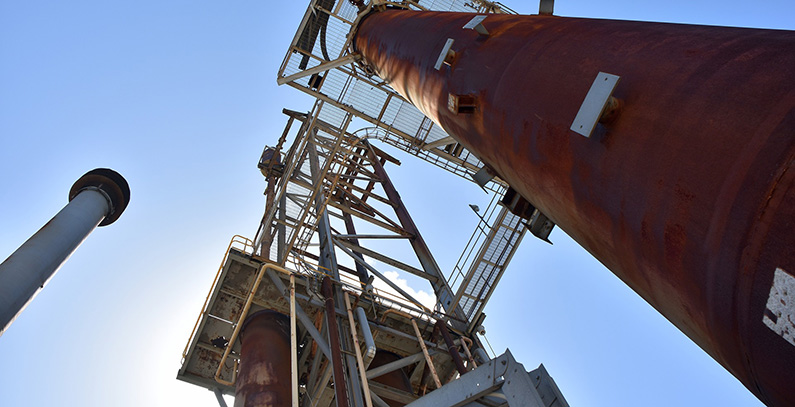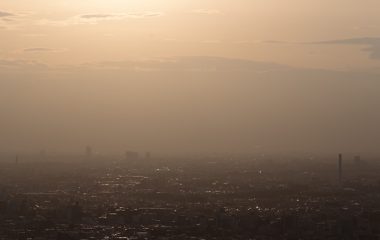
Photo: Philip Barrington from Pixabay
The new scheme, required under EU rules, is designed to limit operations of industrial and energy facilities that contribute to climate change. Montenegro has regulated the system of auctions and the trade in emission credits.
Following the adoption of the Law on Protection from the Negative Impacts of Climate Change, the government in Podgorica has rolled out a decree on the activities producing greenhouse gases for which the state issues permits. It is the first bylaw after the legislation was passed in December. Montenegro passed the framework for auctions and the transfer of emission credits on February 6 and it came into force on February 21.
The declared aim is to limit operations of industrial and energy facilities that are harmful for the environment. The decision makers said the introduction of a national emissions trading system would be a step toward the entry into the European Union’s scheme upon joining.
The greenhouse gas emitters are undergoing an adjustment in phases, the cabinet revealed. The new regulations cover the total amount of credits and the registry system.
The Energy Community Secretariat says Montenegro leads the way in the region in the establishment of emission credits trading
The Energy Community lauded Montenegro, saying it “continues to lead the way… in the establishment of a complete system required to reduce greenhouse gas emissions, protect the ozone layer and adapt to climate change.” The move brings the Balkan country closer to the EU acquis in the area of climate change, the organization’s secretariat added.
The rules specify the operators in Montenegro participating in emission credits trading. The minimum price is EUR 24 per ton of carbon dioxide equivalent. Of note, it is the only listed gas. The Environmental Protection Fund is the beneficiary. It also gets the 0.1% of the price that is charged for transfers.
The minimum price is EUR 24 per ton of carbon dioxide equivalent
The proceeds must be used for environmental protection measures, support for the production of energy from renewable sources and innovations. Allowances are set to decrease by 1.5% per year or by 460,000 tons overall from 2020 to 2030, when the level should reach 2.84 million tons.
The certificates are issued monthly and annually
The benchmark starting amounts are from the national report on climate change. The certificates are issued monthly and annually.
Some can be awarded free of charge, to avoid the displacement of energy-intensive industry out of Montenegro, the decree on emission credits says. Bankrupt aluminum manufacturer Kombinat aluminijuma Podgorica ad (KAP) and Toscelik Alloyed Engineering Steel doo were granted a package in the category – 1.02 million tons and just 5,800 tons, respectively, for 2020. The amount is then cut by 15 percentage points every year.
Free package for KAP, Tosçelik and Pljevlja shrinks every year
Other free credit can be approved for coal-fired power plants, to be equivalent to the excise tax and local surcharges for the exploitation of the fossil fuel and for its use in the production of electricity. The second case is just for the Pljevlja facility, burning lignite.
It is controlled by state-owned utility Elektroprivreda Crne Gore ad. Pljevlja got the same amount as KAP, but this level is shrinking by only 5 percentage points per annum until abolishment “after 2025.”









An excellent and thorough article. One correction: KAP was bought by Uniprom in 2014 from bankrupt Oleg Deripashka. KAP is not only profitable but expanding greatly.